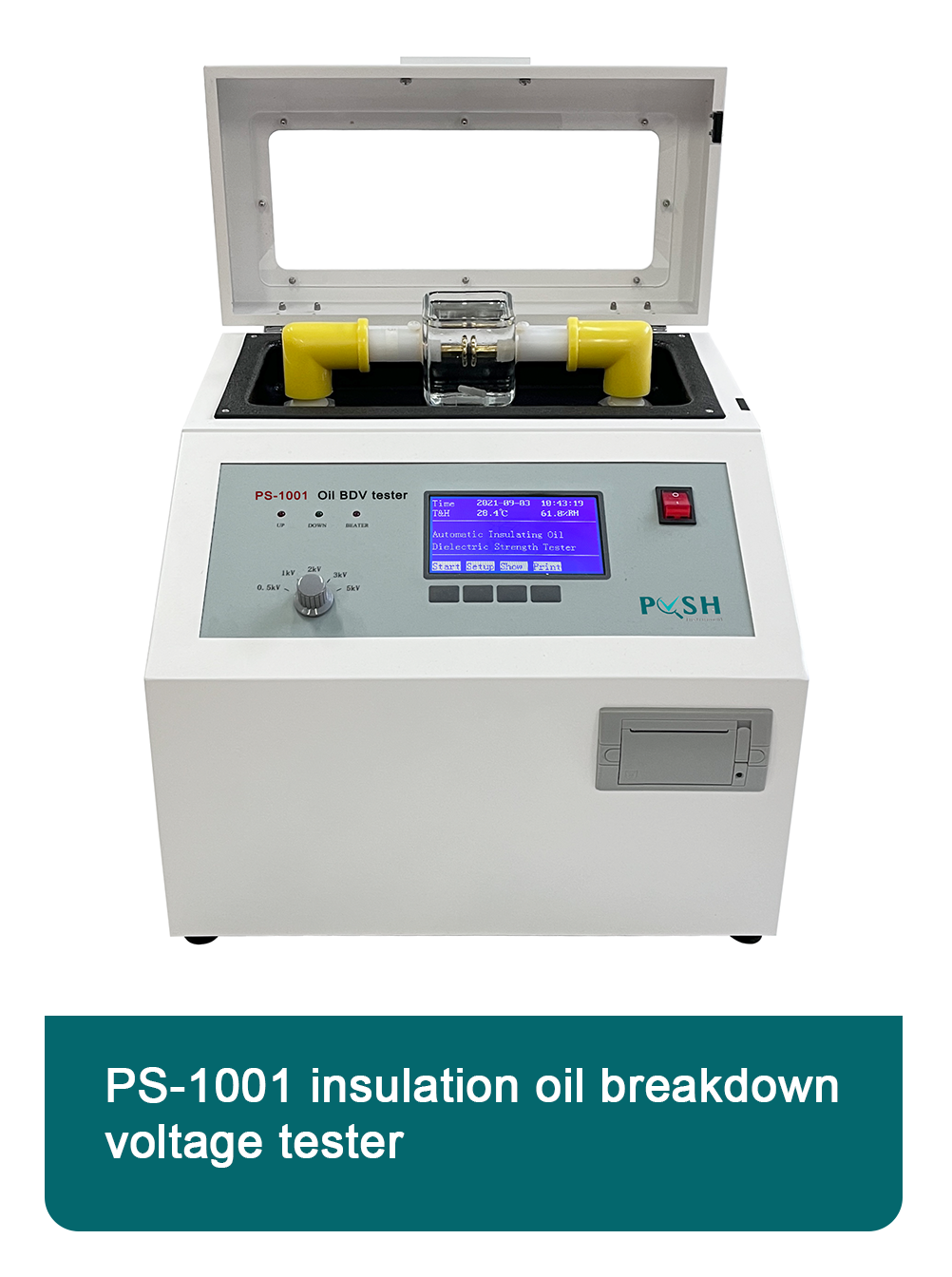 English
English



-
 Afrikaans
Afrikaans -
 Albanian
Albanian -
 Amharic
Amharic -
 Arabic
Arabic -
 Armenian
Armenian -
 Azerbaijani
Azerbaijani -
 Basque
Basque -
 Belarusian
Belarusian -
 Bengali
Bengali -
 Bosnian
Bosnian -
 Bulgarian
Bulgarian -
 Catalan
Catalan -
 Cebuano
Cebuano -
 China
China -
 China (Taiwan)
China (Taiwan) -
 Corsican
Corsican -
 Croatian
Croatian -
 Czech
Czech -
 Danish
Danish -
 Dutch
Dutch -
 English
English -
 Esperanto
Esperanto -
 Estonian
Estonian -
 Finnish
Finnish -
 French
French -
 Frisian
Frisian -
 Galician
Galician -
 Georgian
Georgian -
 German
German -
 Greek
Greek -
 Gujarati
Gujarati -
 Haitian Creole
Haitian Creole -
 hausa
hausa -
 hawaiian
hawaiian -
 Hebrew
Hebrew -
 Hindi
Hindi -
 Miao
Miao -
 Hungarian
Hungarian -
 Icelandic
Icelandic -
 igbo
igbo -
 Indonesian
Indonesian -
 irish
irish -
 Italian
Italian -
 Japanese
Japanese -
 Javanese
Javanese -
 Kannada
Kannada -
 kazakh
kazakh -
 Khmer
Khmer -
 Rwandese
Rwandese -
 Korean
Korean -
 Kurdish
Kurdish -
 Kyrgyz
Kyrgyz -
 Lao
Lao -
 Latin
Latin -
 Latvian
Latvian -
 Lithuanian
Lithuanian -
 Luxembourgish
Luxembourgish -
 Macedonian
Macedonian -
 Malgashi
Malgashi -
 Malay
Malay -
 Malayalam
Malayalam -
 Maltese
Maltese -
 Maori
Maori -
 Marathi
Marathi -
 Mongolian
Mongolian -
 Myanmar
Myanmar -
 Nepali
Nepali -
 Norwegian
Norwegian -
 Norwegian
Norwegian -
 Occitan
Occitan -
 Pashto
Pashto -
 Persian
Persian -
 Polish
Polish -
 Portuguese
Portuguese -
 Punjabi
Punjabi -
 Romanian
Romanian -
 Russian
Russian -
 Samoan
Samoan -
 Scottish Gaelic
Scottish Gaelic -
 Serbian
Serbian -
 Sesotho
Sesotho -
 Shona
Shona -
 Sindhi
Sindhi -
 Sinhala
Sinhala -
 Slovak
Slovak -
 Slovenian
Slovenian -
 Somali
Somali -
 Spanish
Spanish -
 Sundanese
Sundanese -
 Swahili
Swahili -
 Swedish
Swedish -
 Tagalog
Tagalog -
 Tajik
Tajik -
 Tamil
Tamil -
 Tatar
Tatar -
 Telugu
Telugu -
 Thai
Thai -
 Turkish
Turkish -
 Turkmen
Turkmen -
 Ukrainian
Ukrainian -
 Urdu
Urdu -
 Uighur
Uighur -
 Uzbek
Uzbek -
 Vietnamese
Vietnamese -
 Welsh
Welsh -
 Bantu
Bantu -
 Yiddish
Yiddish -
 Yoruba
Yoruba -
 Zulu
Zulu
Understanding the Principles and Applications of Karl Fischer Titration for Moisture Analysis
Understanding Karl Fischer Titration A Comprehensive Overview
Karl Fischer titration is a highly precise analytical technique used to determine the water content in a variety of substances, including solids, liquids, and gases. Named after the German chemist Karl Fischer, who developed the method in 1935, this titration process has become a cornerstone in various industries, including pharmaceuticals, food and beverage, petrochemicals, and materials science.
Principle of Karl Fischer Titration
The principle behind Karl Fischer titration is based on the reaction between water and iodine in the presence of sulfur dioxide and a base, typically imidazole. The reaction can be summarized in the overall equation
\[ \text{H}_2\text{O} + \text{I}_2 + \text{SO}_2 + \text{Base} \rightarrow \text{H}_2\text{SO}_4 + 2\text{I}^-\]
In the titration process, a sample containing unknown water content is introduced into a reaction vessel along with the Karl Fischer reagent, which contains iodine, sulfur dioxide, and anhydrous solvent, usually methanol or ethanol. As water reacts with iodine, it is consumed, allowing for a precise measurement of the amount of iodine required to reach a point of equivalence. The endpoint of the titration is typically detected using a potentiometric or volumetric method, where a sudden change in the voltage or color indicates the completion of the reaction.
Types of Karl Fischer Titration
karl fischer titration

There are two main types of Karl Fischer titration volumetric and coulometric.
1. Volumetric Karl Fischer Titration This method is ideal for samples with higher moisture content, typically above 0.1% water. In this approach, the Karl Fischer reagent is dispensed from a burette into the sample until all the water is consumed. The volume of reagent used can then be correlated to the amount of water present in the sample.
2. Coulometric Karl Fischer Titration This method is more suited for samples containing very low levels of moisture, usually below 0.1%. Rather than using a predetermined volume of reagent, this technique generates iodine in situ through electrochemical reactions. The amount of iodine produced is directly proportional to the current applied, allowing for sensitive detection of water levels.
Applications of Karl Fischer Titration
The versatility of Karl Fischer titration lends itself to numerous applications across different fields. In the pharmaceutical industry, for instance, precise moisture content measurement is crucial to ensure the stability and efficacy of drug formulations. In food and beverage production, monitoring water levels can affect texture, flavor, and shelf life. Furthermore, in petrochemical industries, assessing water content in fuels and lubricants helps prevent corrosion and degradation.
Conclusion
In summary, Karl Fischer titration is an essential analytical method for quantifying water content across various industries. With its high precision, adaptability, and reliability, it has solidified its place in laboratories worldwide. As the demands for more accurate and efficient water content analysis continue to grow, advancements in Karl Fischer technology promise to enhance its applicability, ensuring that it remains a pivotal tool in analytical chemistry for the foreseeable future. Understanding this technique not only aids in quality control and assurance but also contributes to the overall safety and efficacy of products across multiple sectors.
-
Transformer Test Essentials: Insulating Oil Tester and TypesNewsMay.30,2025
-
Grease Testers and Oil Determination OverviewNewsMay.30,2025
-
Exploring Electricity Usage Testers and GeneratorsNewsMay.30,2025
-
Essential Guide to Transformer Oil Testing ToolsNewsMay.30,2025
-
Ensuring Safety with a Circuit Breaker FinderNewsMay.30,2025
-
Electrical Safety Tools Hipot, Dielectric, VLF TestersNewsMay.30,2025



